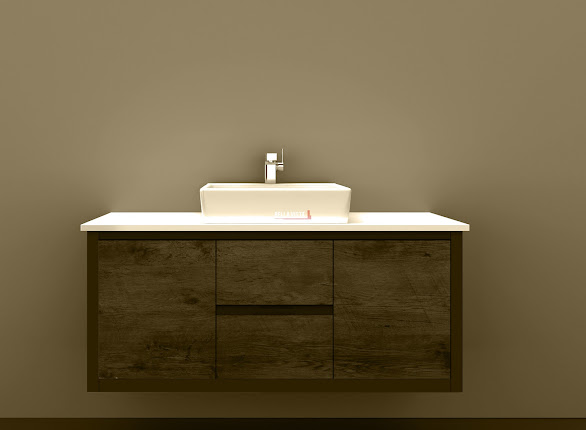Why Should You Change Your Regular Mattress To An Allergy-Friendly Mattress?
Sleeping with allergens on mattresses has become one of the leading causes of poor sleep quality; a continuous night of coughing and sneezing is all too common for allergy sufferers. We spend almost one-third of our day in our beds, so ensuring that your bedding and mattress are hypoallergenic can help reduce allergy problems while you sleep.
How can allergy-friendly mattresses help reduce allergies?
Dust mites in your mattresses are reduced
Dust mites are the top adversary of allergy sufferers; they grow on mattress toppers because they feed on the skin cells that people produce throughout the day. Dust mites are scarcely apparent to the naked eye due to their small size. Because of their microscopic size, they prefer to live in the pores of foam cushions and bedding.
Because memory foam has sealed pores, it does not allow dust mites to enter. Allergy-friendly mattresses typically use premium materials or a memory foam mixture as their main constituent. The mattress cover used also plays a significant role in avoiding dust mites from infiltrating beds; getting a very tight weaving for your mattress cover will help reduce your allergy triggers.
They stop the growth of mould and mildew
The growth and formation of mould and mildew on the covering of your mattress is yet another allergy trigger. Mould can thrive in any damp environment. Perspiration and fluids from our bodies add to the moisture in our mattresses and beddings, which can be a breeding ground for mould.
Most allergy-friendly mattresses contain organic latex, which is more resistant to mould and other microbes. Mould exposure can be hazardous to human health, and many of the effects are quite similar to allergy symptoms.
They are antimicrobial in nature
Your mattresses and bedding should both be comprised of hypoallergenic materials. Bamboo fibre is a widely used material for allergy-friendly mattresses. Bamboo fibre has intrinsic antimicrobial qualities that help it fight bacterial development. It is breathable, which prevents bacterial germs from setting in.
Similarly, bamboo fibre is effective and useful in absorbing and evaporating moisture from the skin surface. The less moisture there is on the covering of your bed, the less appropriate it is for germs to thrive on.
Other benefits of choosing an allergy-friendly mattress
It's smoother
Allergy-friendly beds and mattresses are typically designed with a greater thread count to generate a tighter weave that keeps bed bugs and dust allergens away. The material will feel smoother to the touch and gentler to the body with a greater thread count, giving you a silky feeling every time you get into bed.
You have fewer sleep disruptions
Many people find it difficult to sleep when they have allergies, particularly when they have a runny or stuffy nose. With allergy-friendly mattresses, you are less likely to wake up in the middle of the night to cough or blow your nose.
It is beneficial to your overall health
Ensuring that your mattress does not become a breeding ground for moulds and mildew might put you to sleep more soundly realising that your sleeping conditions are not harming your health.
Summary
If you routinely suffer from allergies, particularly at night, it may be time to reassess your sleeping environment.




Comments
Post a Comment